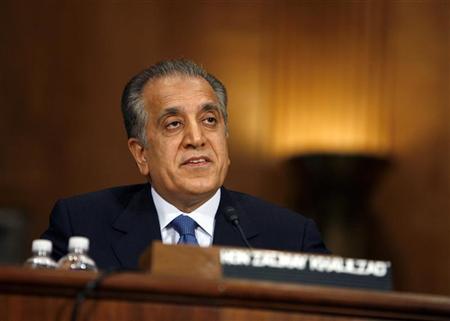
Six rounds of talks that started in September 2018 have been held so far in Doha, Qatar of direct talks between Taliban representatives and the US delegation headed by Zalmay Khalilzad.
There have been, nonetheless, some gains which may not be underestimated. The stance of the Taliban on major issues is now unmistakably clear. The US position on a number of issues is also not as incomprehensible as it was a year ago.
The other positive development is the emergence of Russia as an important interlocutor in the complex negotiations for a sustainable solution to the crisis.
The Russian involvement is a victory for the Taliban as they have found legitimacy as a group that was not long ago seen as a terrorist outfit. Not only that, the movement has now established ties with China and Iran, further consolidating its credentials as a group that has massive credence both inside and outside Afghanistan. To that extent, these developments have weakened the political relevance of the Kabul regime as it struggles to create space for itself in the peace process.
In the last conference held in last week of May in Moscow, the participants felt they have achieved some modicum of progress. But the US-Taliban talks are stalled because so far a convergence has not been possible on the following issues:
The Taliban insist on complete pullout of all foreign forces from the country — a precondition for suspending any attacks on government or the coalition forces; the US demands guarantees for Afghan soil not being allowed to be used by anyone for launching attacks or sabotaging planning, attacks against its interests using Afghanistan as a base; the US wants a ceasefire to come into effect soon in order to create appropriate climate for beginning a phased withdrawal of forces; the Taliban believe a ceasefire would go against their fundamental philosophy of battling an ‘occupation force ‘until a complete withdrawal of forces; and Ashraf Ghani’s government wants others to recognise its claim to rule the country and within that framework initiate a dialogue with the Taliban.
These goals or objectives are not easy to reconcile and integrate into a vision for peace.
The most crucial point on which a resolution to the conflict would depend on is the ability of the US and the Taliban to establish a consensus on the formation of an interim government. Its mandate, duration, composition and leadership are important elements in a difficult and complex peace process.
If there is any breakthrough on the composition and mandate of an interim government between the US and the Taliban, it will be then up to the Americans to pressurise the Kabul regime into acquiescing in such a compromise.
There could be an agreement on the timeframe for withdrawal of forces. The pullout of troops from a specified region could be coordinated with cessation of hostilities in that region until all the foreign forces have left the country.
The US demands for guarantee is not a very divisive issue nor is it going to pit the two parties against each other. That proviso (assurances for not allowing any militant outfit to operate on Afghan soil other than the government security forces) may have been added by the US for face saving.
But in the meantime there is an uptick in violence across the country. This could imperil the peace negotiations because both the Taliban and the US forces could target each other with increasing ferocity, thus vitiating the ambience for peace talks.
The threat of the IS has brought Russia, China and Iran on the same page in the context of the conflict in Afghanistan. To an extent even the US would support Russia and China in an endeavour to establish a broad-based, muti-ethnic government that ensures peace, stability and unity in the country while eliminating groups like the IS, the Turkistan Islamic Movement and others.
Sadly in this complex interplay of forces, Pakistan does not figure anywhere although it remains crucially relevant because many Taliban leaders have their abodes in this country and are said to be visiting their families from time to time. Pakistan has failed to utilise the leverage that it had in ending the conflict as it has not pursued a policy keeping in mind the ground realities.
To break the deadlock, it is imperative that the US makes an unequivocal statement declaring its intention to withdraw forces from Afghanistan within a period of six to nine months.
Regional countries must be involved in setting out the mandate, duration, and leadership of such a transitional arrangement. This can be facilitated by the removal of names of Taliban leaders from the UN blacklist as well as from the one the US has adopted.
These measures can create an environment for a ceasefire.
The stumbling block remains the Kabul government’s reluctance to go along with such a resolution. To counter this issue, the Taliban will have to be pressured into converting their movement into a political organisation that has a manifesto, goals and objectives and a clearly laid-out hierarchy of leadership.
That will help in reassuring people inside and outside the country that there will be no witch-hunt or abuse of rights of any one including women and minorities in the event of the emergence of a Taliban-inclusive government in Kabul.
The path to peace is riddled with many roadblocks. But the alternative (doing nothing) is fraught with huge risks to the country and the region.
Published in The Express Tribune, June 15th, 2019.
Like Opinion & Editorial on Facebook, follow @ETOpEd on Twitter to receive all updates on all our daily pieces.
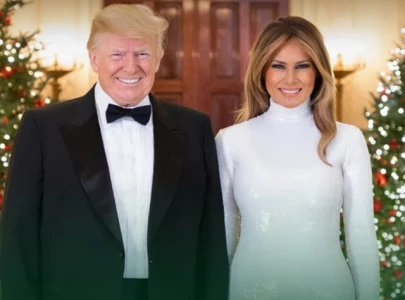


1719319701-0/BeFunky-collage-(10)1719319701-0-165x106.webp)






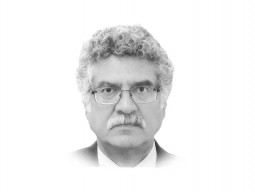
1735025557-0/Untitled-(96)1735025557-0-270x192.webp)

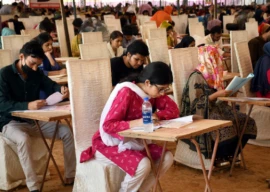
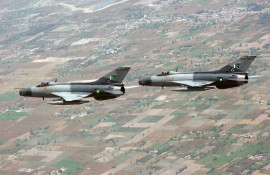
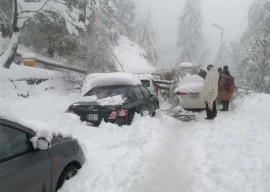



COMMENTS
Comments are moderated and generally will be posted if they are on-topic and not abusive.
For more information, please see our Comments FAQ